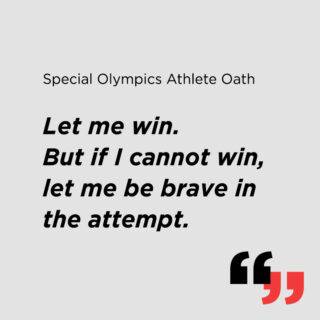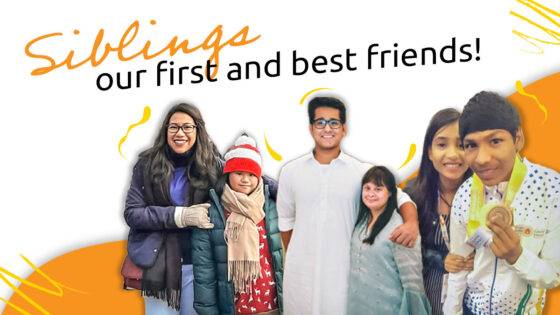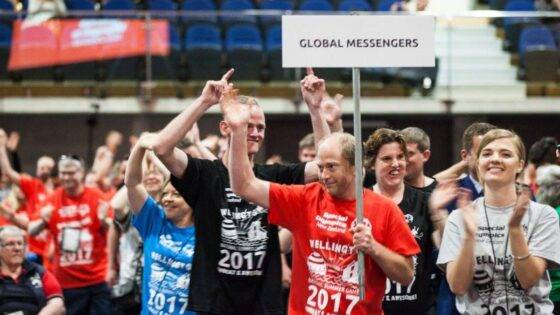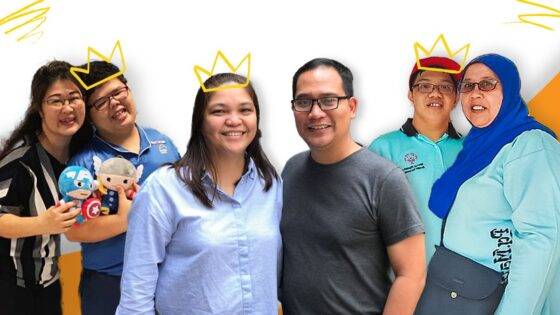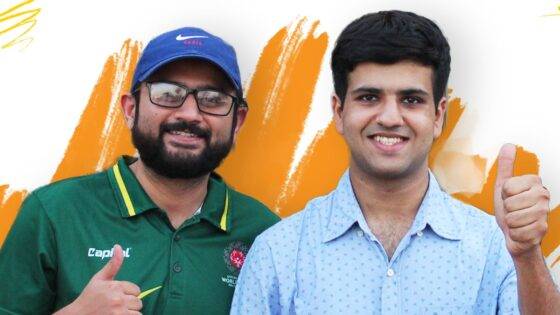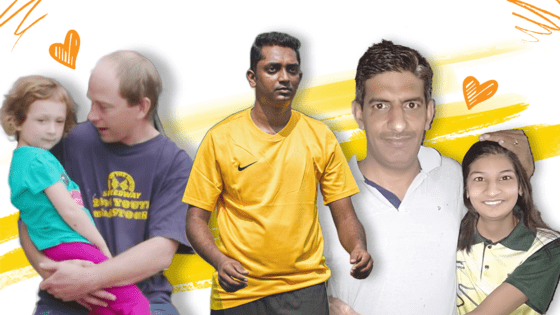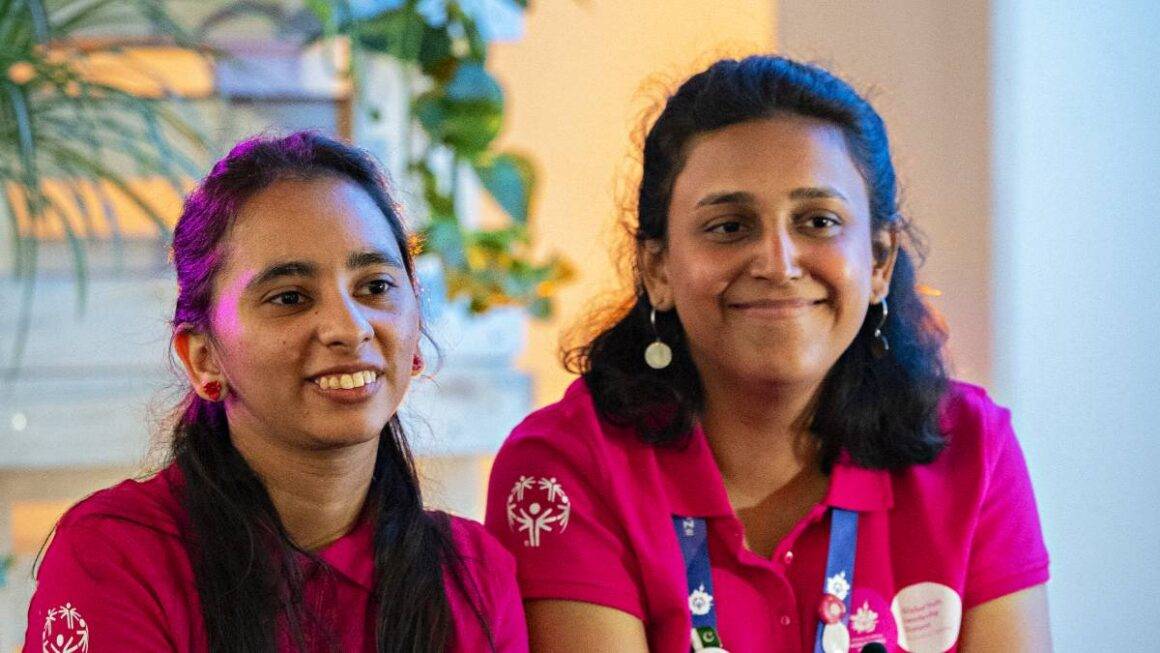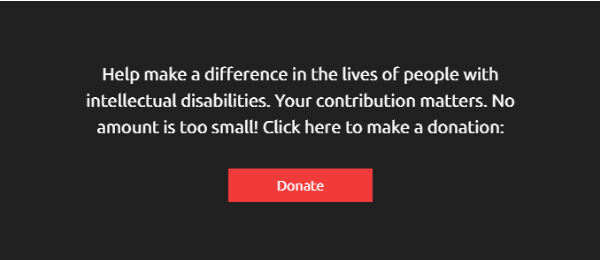In this feature, we speak to Dipak Natali, Regional President and Managing Director, Special Olympics Asia Pacific on why diversity and inclusion matters, and how technology has supported their athletes, coaches, volunteers and communities in their message of inclusion.
Volunteerism is something close to my heart. In minor capacities, I’ve been part of different non-profit organizations supporting the disadvantaged, and a common misconception is that as long as the government is aware of these communities, they will get the support they need.
This cannot be further from reality. Even as nonprofit organizations gain more exposure and reach wider audiences for their support, the day-to-day operations and management of an organization such as the Special Olympics comes with its unique challenges. In reality, nonprofit organizations need to function very much like a well-oiled corporation – but equipped with lesser resources. But in addressing the lack, Dipak and his regional team adapt to changing needs with the help of technology, and unwavering dedication to their communities.
What Drives the Individuals at the Special Olympics
From the start of his tenure with the Special Olympics, Dipak’s focus has always been on inclusion. Inclusion for individuals with intellectual disabilities begins with activities we may take for granted, such as having children play together, and be part of a competitive sport, where communities can come together.
Having served both in London for the Euro-Asia markets and now based in Singapore for the Asia Pacific region, Dipak observed that despite obvious geographical and cultural differences, individuals with disabilities are even more vulnerable to issues leading to marginalization. For example, if a country faces issues such as malnutrition, these issues are likely to be exacerbated for individuals with intellectual disabilities.
“People find it difficult to talk about intellectual disabilities. Families struggle to feel like they can talk about it, or can acknowledge that it exists. Those reservations can be something that can be incredibly detrimental to these individuals, it prevents them from accessing the help they can get.”
The stigma around talking about intellectual disabilities is still prevalent in Asia. The lack of open conversations, coupled with shallow depth of knowledge around what living with intellectual disabilities mean, are some of the challenges that the Special Olympics team seek to address by promoting inclusivity through sports.
Spreading the Word of Inclusion
The pandemic proved to be a watershed moment for the Special Olympics Asia Pacific team, who fully leaned into technology to continue engaging their communities.
Technology became the connector that allowed the team to be consistently engaged with volunteers, athletes, coaches and the wider public, despite the physical barriers. Besides leveraging on conferencing tools to enable conversations, games and even training, Dipak realized the added value digital learning management systems brought about.
Through learning management systems, coaches were able to access training materials in a standardized and effective manner. This approach also provided good quality support experience to the coaches.
At the peak of the pandemic, many of us were inundated with a barrage of messages and instructions, and communicating these towards the community became another set of challenges. While technology provided the means to disseminate information, Dipak and his team had to create a system of accessible “language” by using symbols to explain what’s important. Messages were reorganized into simple slides and pictures to explain complex messages to ensure ease of communication not just to their athletes, but for coaches and volunteers alike.
Technology also helped the Special Olympics team through data and analysis in understanding what’s happening on the ground. While data collection can be done through digital means, there are still communities who do have access to technology in the same way as you and I do.
“The idea that society does not know enough about where people with intellectual disabilities are, what they’re facing, is for me, a travesty.”
In 2022, Oceania and East Asia was the region throughout the Asia-Pacific region which had the highest internet penetration, in which 73 percent of the total population used the internet. In comparison, the internet penetration in South Asia was 46 percent in 2022. (Statista)
“There’s absolutely not enough data out there to understand how many individuals are out there with intellectual disabilities. There’s a huge job in understanding people with intellectual disabilities, and what they are facing (on the ground).”
Without ample data, creating suitable outreach programs for individuals with intellectual disabilities remains a key challenge that the Special Olympics team hopes to overcome in coming days. Today, surveys done around individuals with intellectual disabilities are focused primarily in North America, and do not provide the necessary, in-depth specifics around the challenges that athletes in our region face.
“I mean, on a country by country basis, that is exactly what our programs do, but to be able to do that on a wider level internationally to be able to share data that way will be fundamentally something that will be incredibly exciting.”
Amplifying the Mission of Special Olympics through Technology
While the Olympics is synonymous to an annual gathering of star athletes from around the world to compete for glory, the Special Olympics Asia Pacific team is in fact an organization that provides sporting opportunities all year round.
As technology demonstrates time and again in aiding the team bring their movement together in better ways, Dipak foresees that technology will be a systematic part of how the Special Olympics operates.
“While technology is present, the audience hasn’t yet embraced the importance of our work. They haven’t yet seen our stories the same way our corporate partners and existing donors have seen.”
One of the projects that the team embarked on was the creation of Humanrace.asia. Leveraging social media and online content built to promote what they do, the portal shares insights into lives of families and individuals, real stories of inspiration that tells you of their journeys, how they experience not only the challenges but also what it means to overcome them.
Through digital storytelling, these positive stories demonstrate how individuals with intellectual disabilities are just like everyone else when given access and support, and opportunities to be included. The portal allows the movement to reach a wider audience, on a scale that only technology can help them with.
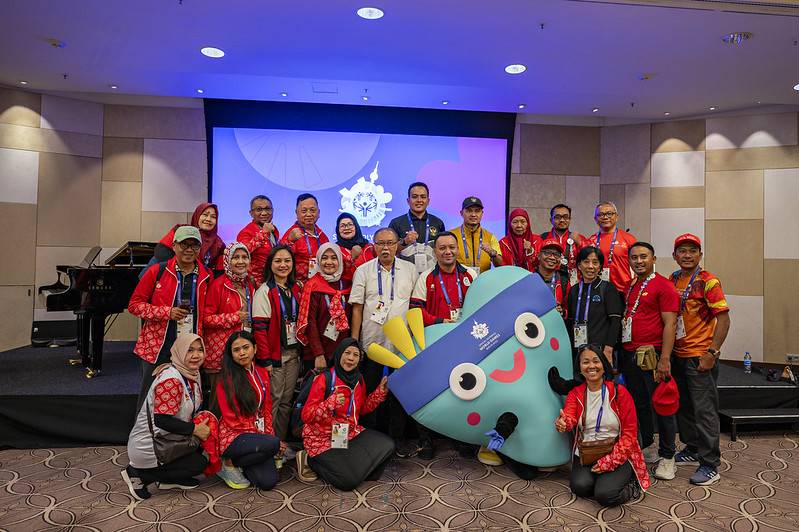
“It’s about the idea of simplicity being at the very heart of what we do. It’s about creating simpler, simpler processes, simpler ways of behaving. Because if we do that, we will be more inclusive. Now, if technology takes those same principles, I think that society starts to move in a completely different way. It starts to, instead of us feeling like we’re speeding up all the time, we will start to actually feel that will be more effective. And I think that’s what I’ve loved about working with people with intellectual disabilities, certainly what I’ve loved about being around an environment where, you know, special needs or indeed, inclusion are at the heart of what we do.”
To learn more about the Special Olympics Asia Pacific and their athletes, visit Humanrace.asia, or get in touch with them if you would like to help in any way.

